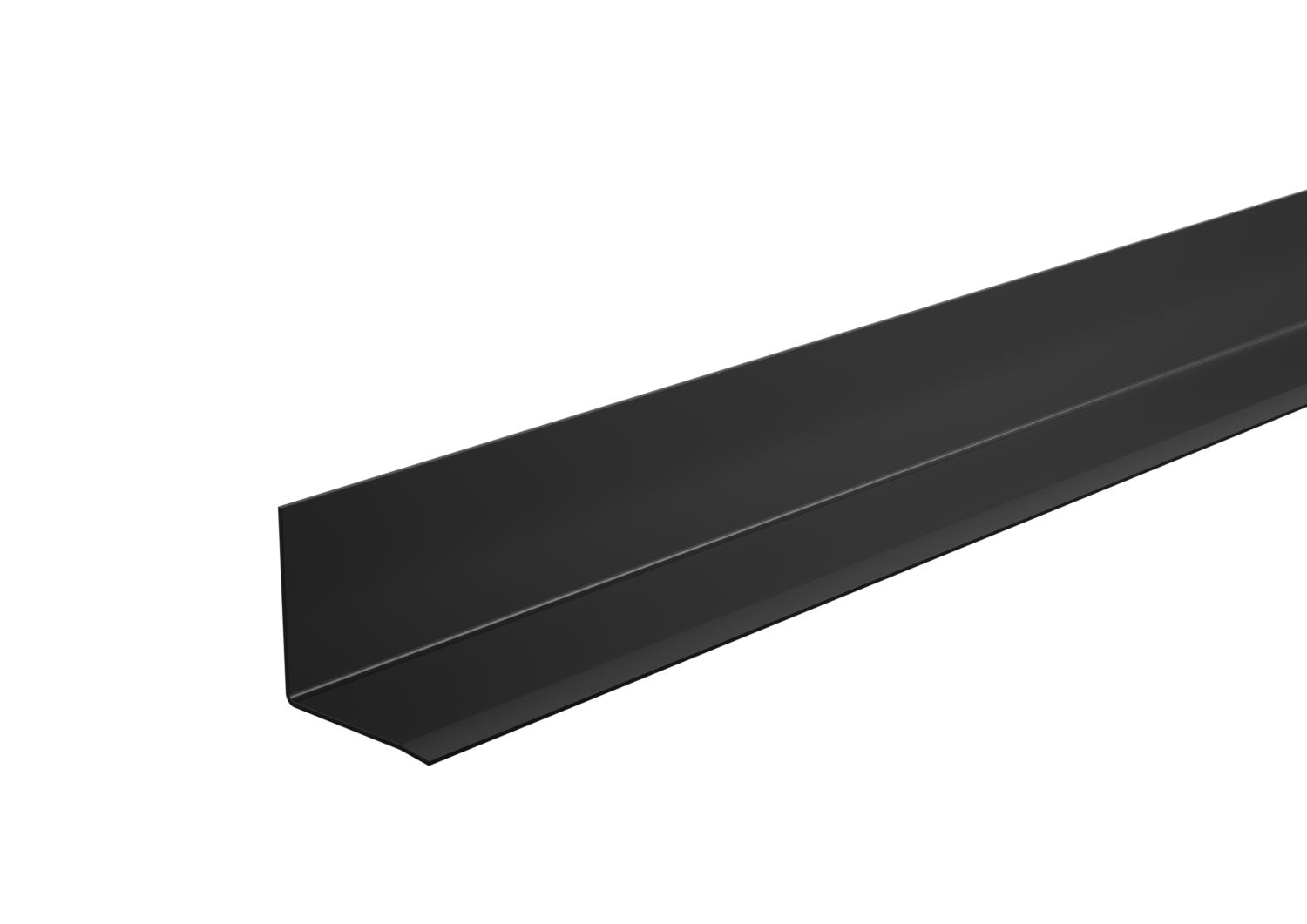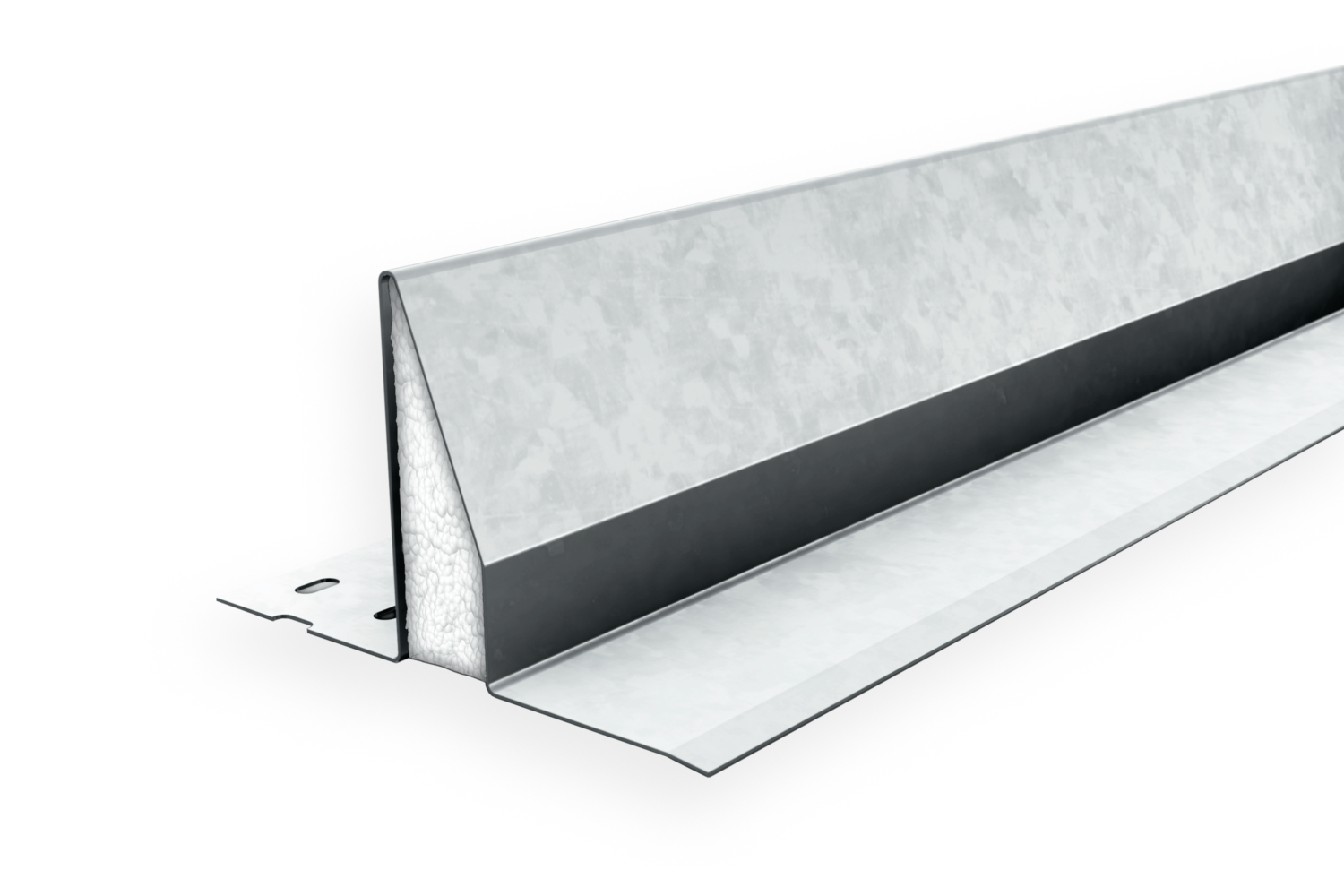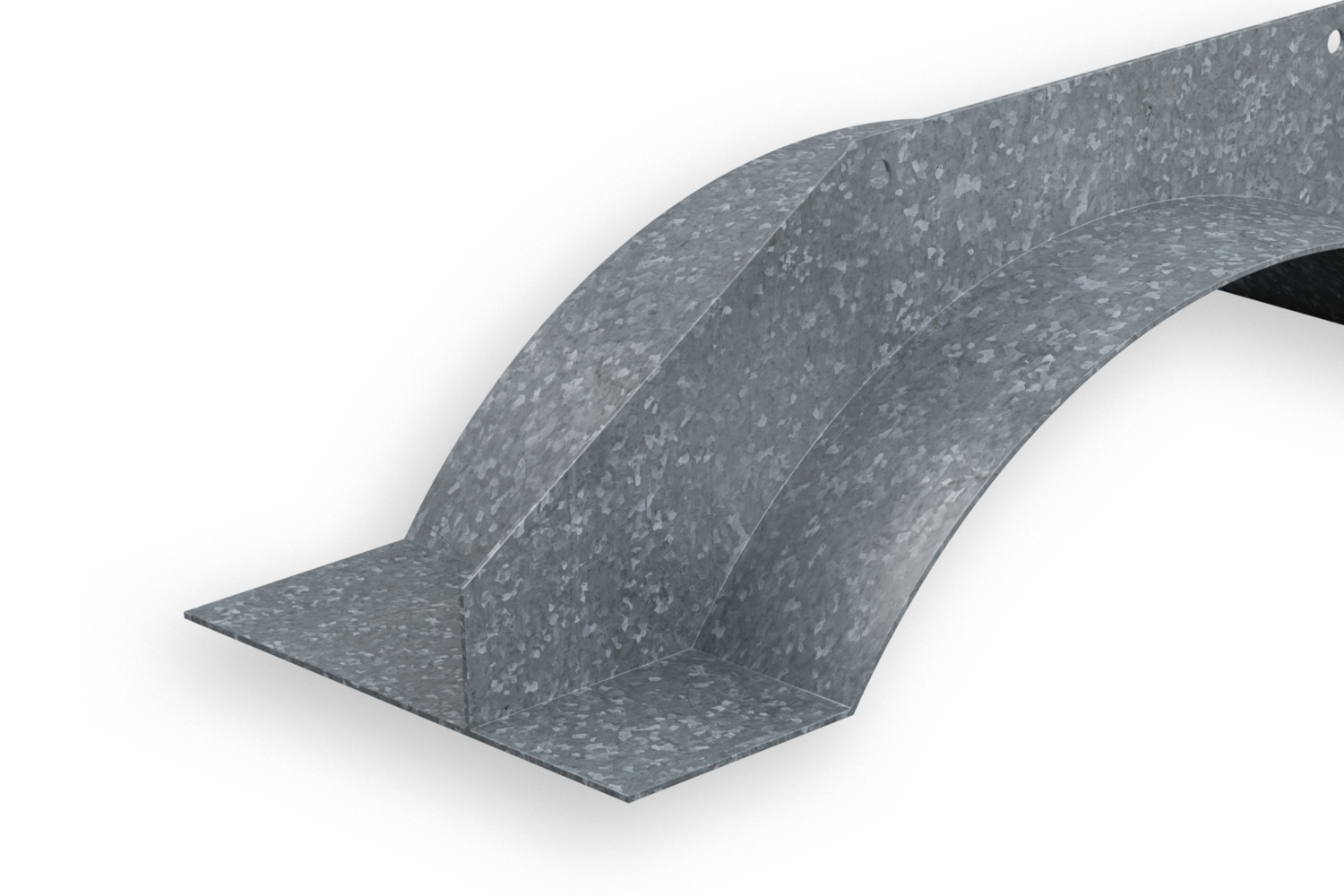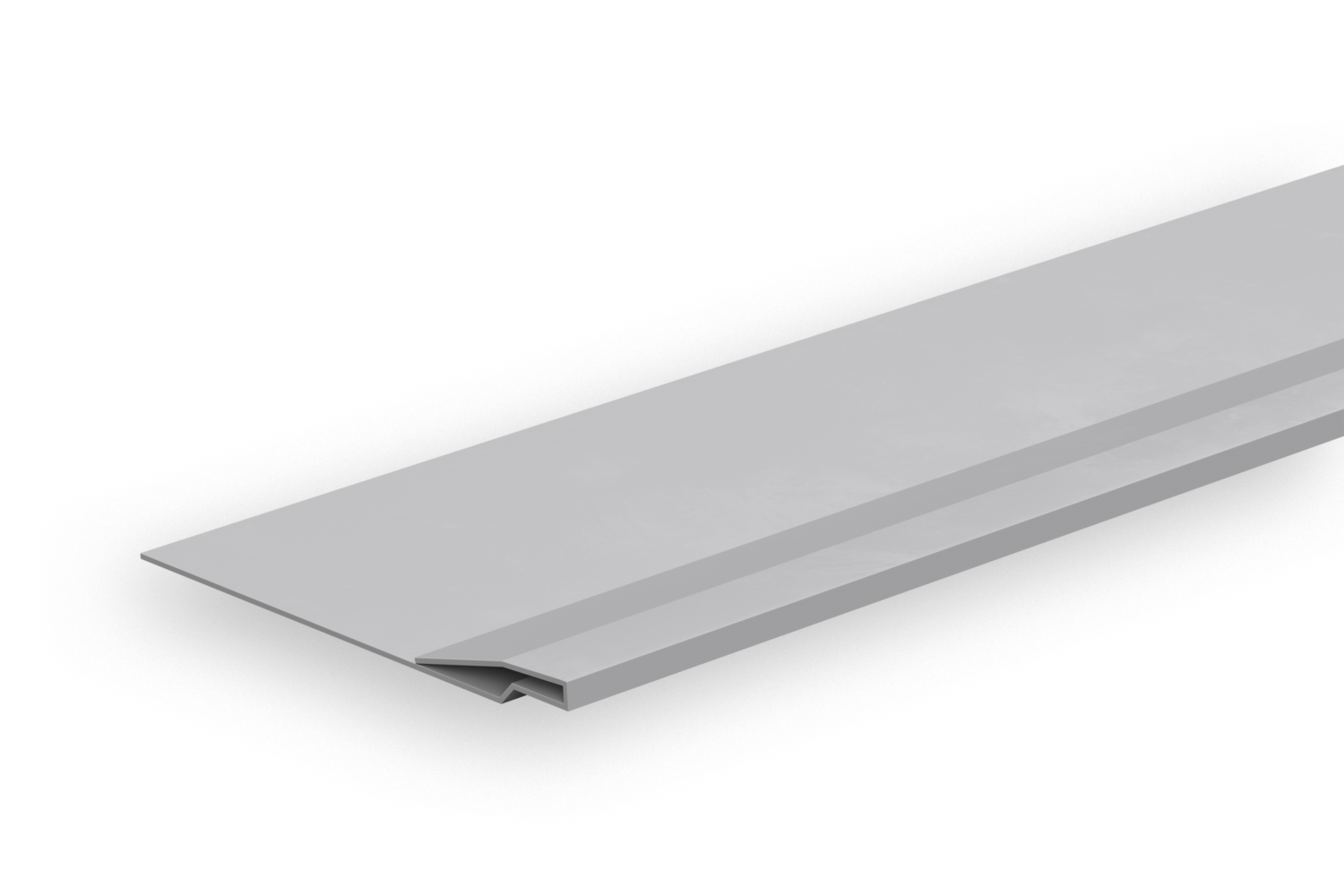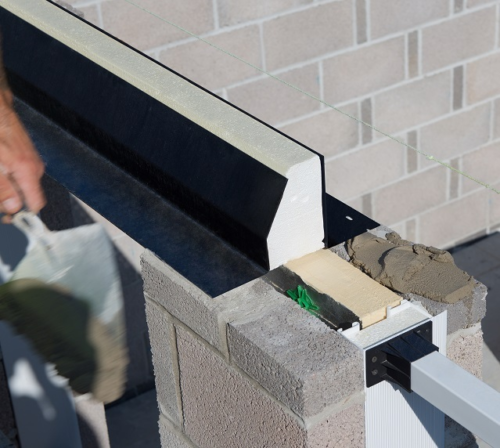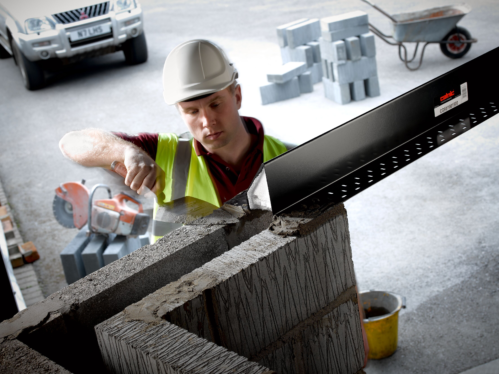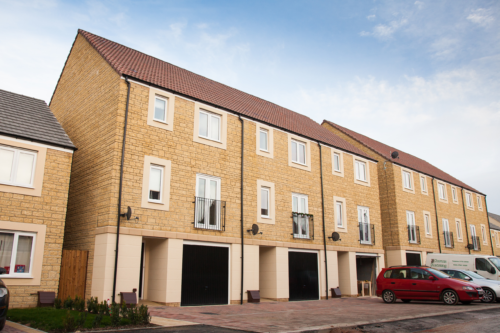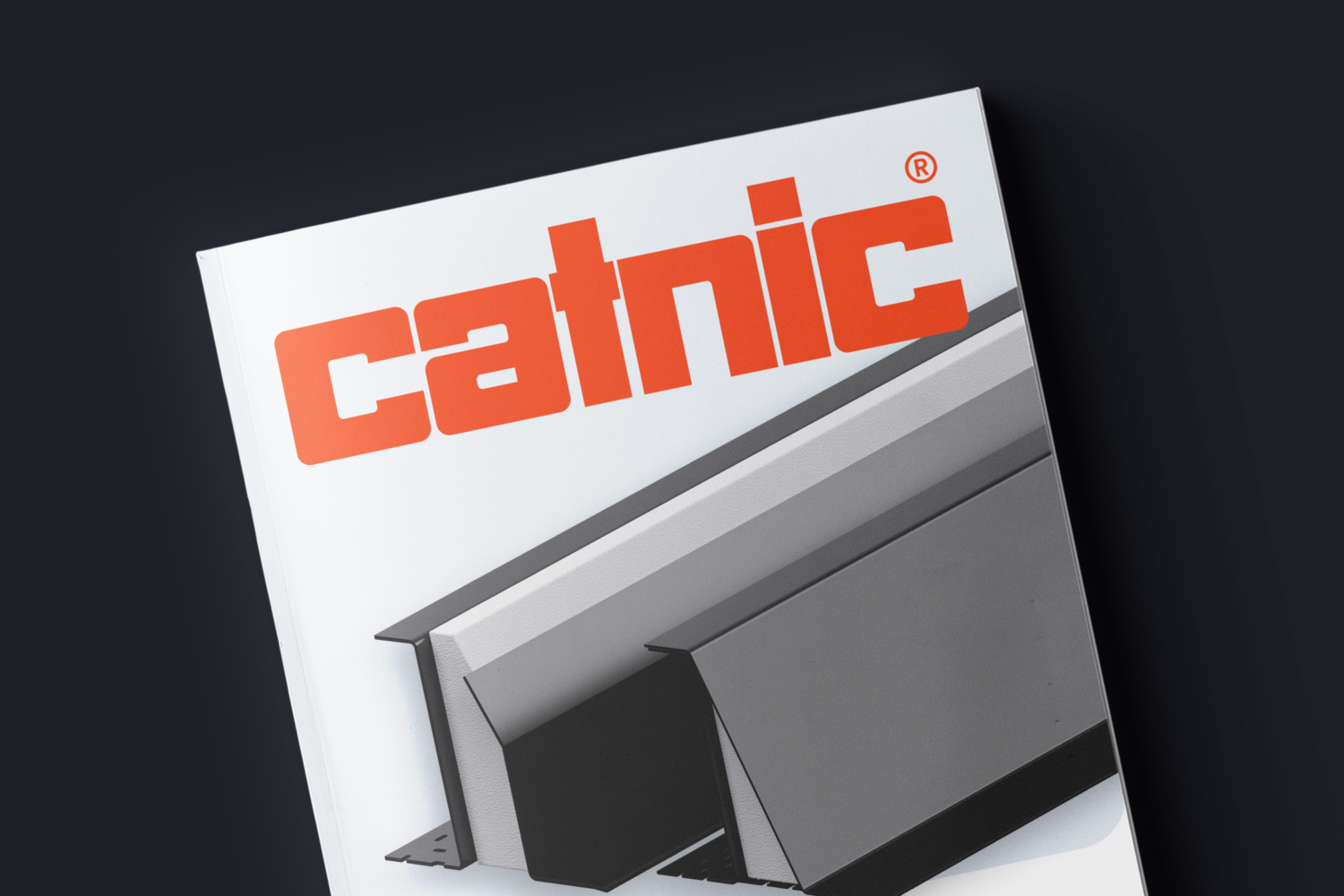Support & FAQs
The type of lintel needed for a solid wall is largely dependent on the span and loading conditions. For a 200-215 mm solid wall, for example, you will need either a classic box lintel with a toe or a two-piece inverted “T” lintel.
The main distinguishing factor between a solid wall lintel and a cavity wall lintel is their shape. Solid wall lintels feature a rectangular box section with a toe, or an inverted “T” shape.
When installing a solid wall lintel, there should be a 150 mm bearing on each end. The lintel should also be fully bedded on bricklaying mortar. The lintel should be levelled along the length and width, and the toe of the lintel should be facing the outside of the building. Floor or roof load should not be applied until the masonry cures.
The size of lintel you need is mainly determined by the structural opening span you have to cover, plus an additional 300 mm. This can vary from project to project, meaning accurate measurements are key to a successful installation.
Read more:Lintel size guide: How to specify lintel dimensions
Calculating the load imposed on lintels depends on a variety of factors, including the wall type in which the lintel is installed, and whether floor or roof loads need to be accounted for in addition to masonry loads.
Lintels are primarily designed to support uniformly distributed loads (UDLs), but on occasion, when point loads occur, they also need to be considered. This guide only provides an overview of how the loads on the lintel are established and should not be used as a substitute for obtaining loading calculations directly from the lintel manufacturer or a qualified structural engineer.
What our customers think
Video Guides
When selecting a lintel, there are three factors that should be considered to ensure the correct specification: the type of wall construction, the dimensions of the structural opening and the total load on the lintel. In this video, we run you through the lintel selection process.
Once you have chosen the correct lintel for your project, it is crucial that the lintel be installed properly – if it is not, it could lead to serious issues for the building. In this video, we explain the installation considerations for cavity wall lintels.
Catnic’s Thermally Broken Lintel is the only lintel on the market to provide a complete thermal break between the inner and outer leafs. In this video, we outline the key benefits of Thermally Broken Lintels and explain the installation process.
Steel lintels, and specifically Catnic's thermally broken lintels, have a significant role to play in reducing thermal bridging and achieving carbon gains. They represent one of the simplest and most economical ways for building fabric to be designed and constructed to help achieve the carbon gains necessary to meet current and future building regulations.
